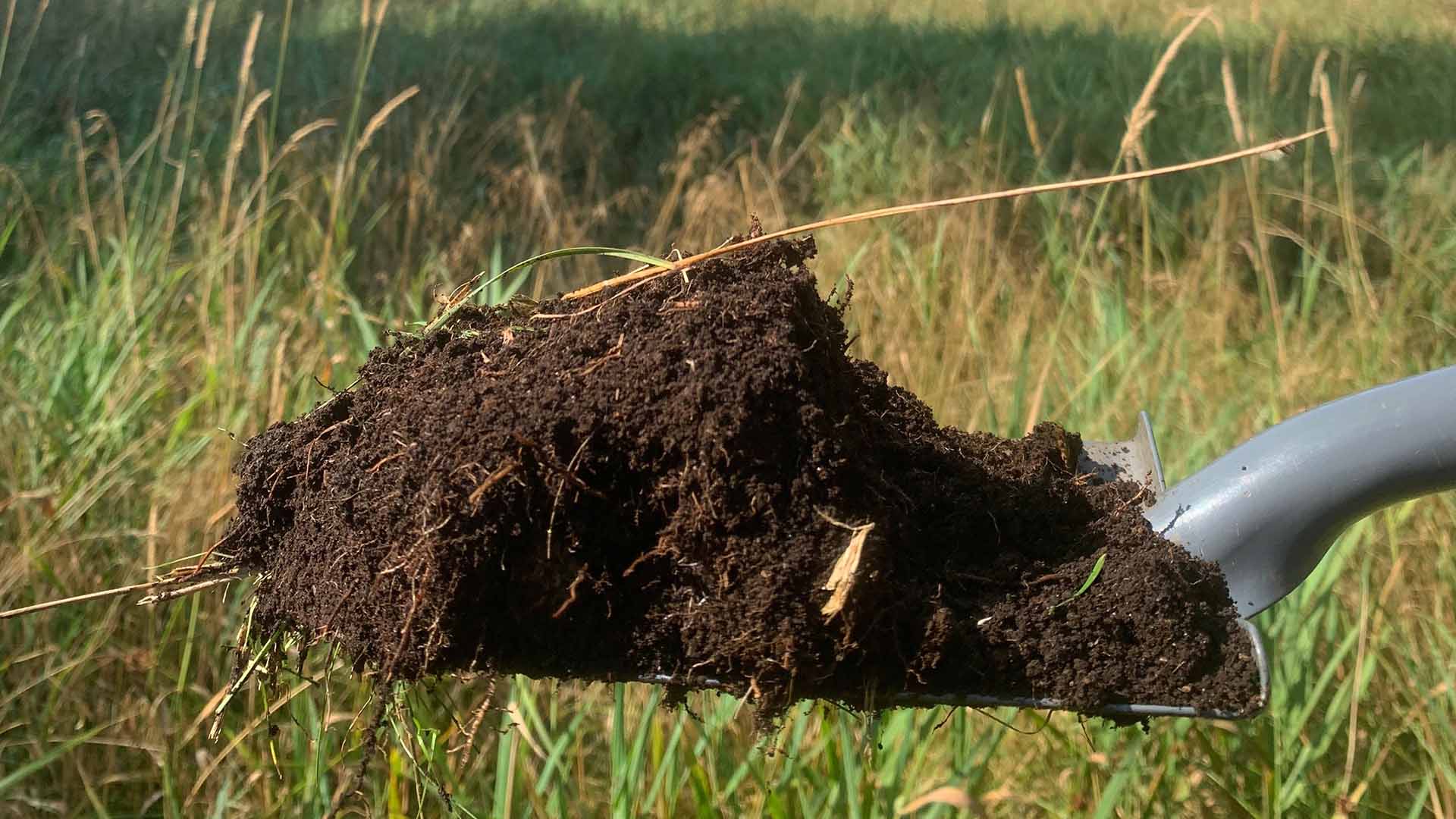Deciphering Arctic climate puzzles – New findings from the Arctic Coring Expedition
An international team of scientists are currently evaluating sediment cores collected during the Arctic Coring Expedition, ACEX, conducted under the auspices of the Integrated Ocean Drilling Program (IODP). ACEX , conducted in August and September this year, is an exploration success story. At a press conference in the University of Bremen, Germany, today (16 November 2004) the co-chief scientists of the expedition described the first results from this expedition.
Scientists from ten countries gathered in Bremen over the last two weeks. They analyzed sediment cores from 430 metres beneath the Arctic Ocean sea-floor. These cores reveal new insights into the past climate of the Arctic. Preliminary results show that the ACEX recovered the first ever climate record of the Arctic Ocean over the past 56 million years. Co-chief scientists Kate Moran, University of Rhode Island, and Jan Backman, Stockholm University, described key findings.
The Arctic Ocean was frozen much earlier than previoulsy thought. Professor Moran said that “we are trying to define the exact time when ice appeared but it seems clear that perennial ice existed as early as 15 million years ago”. Professor Jan Backman added that these results would become more precise over the next few months and “we have cores that will hopefully allow us to distinguish between seasonal (winter only) ice and perennial ice”.
Initial offshore results indicate that the upper hundred and sixty meters represent a record of the past ~15 million years comprised of sediment with ice-rafted debris and occasional small pebbles, suggesting that ice covered conditions extended at least this far back in time. Details of the ice cover, timing and characteristic (e.g., perennial vs. seasonal cover) awaits further study.
The sediment record during the late Eocene is of dark, organic-rich siliceous composition with a depositional environment dominated by ice-free, warmer surface ocean waters. An interval recovered around 49 million years ago reveals an abundance of a freshwater fern (Azolla spp.) suggesting that a surface fresh/low salinity water setting dominated the region during this time period. Although predictions had placed the base of the sediment column at 50 million years, drilling revealed that the latest Paleocene to earliest Eocene boundary interval was recovered. During this time, about 55 million years ago, the Arctic was subtropical with warm surface ocean temperatures.
ACEX also penetrated into the underlying sedimentary bedrock, confirming the hypothesis that the Lomonosov Ridge crust is of shallow-water, continental origin and of Cretaceous age.
Professor Jan Backman described operating in this challenging environment: “At times, the drillsite was covered with ice 2-3 metres thick. At one point we encountered an ice flow of multiyear ice (harder and denser than ice frozen only in one Arctic winter) hundred of metres across and over 4 metres thick which was like driving into a brick wall.” But, with the aid of the three ice-breaking vessels the coring operations were successfully completed. The scientists will take home samples and will undertake further investigations during the next months – with more exciting results to come.
Kontaktinformation
Eva Grönlund, Polarforskningssekretariatet, tel 070-344 92 51, epost eva@polar.se




